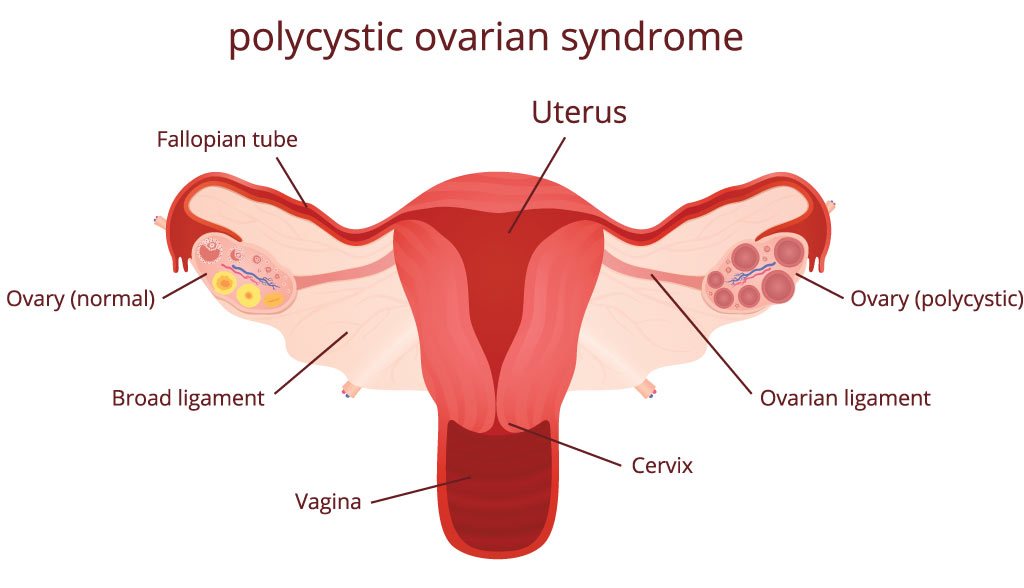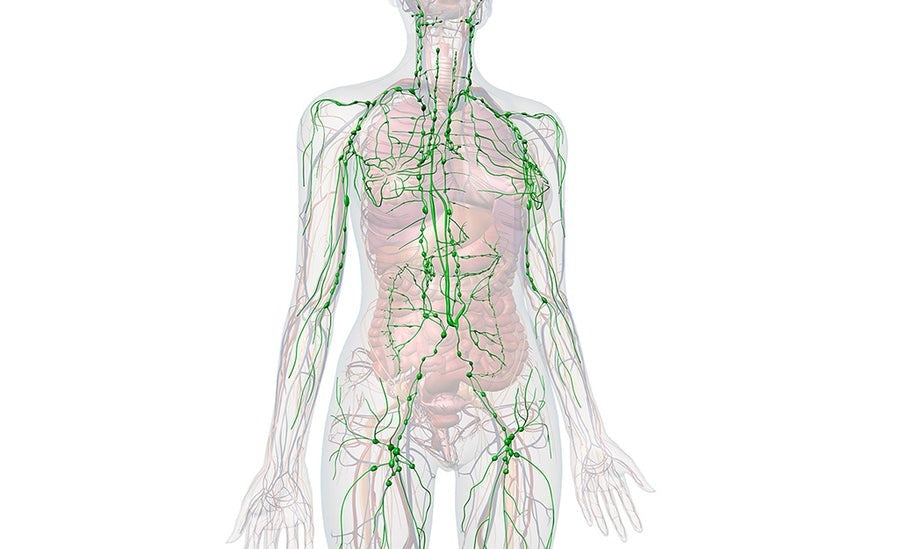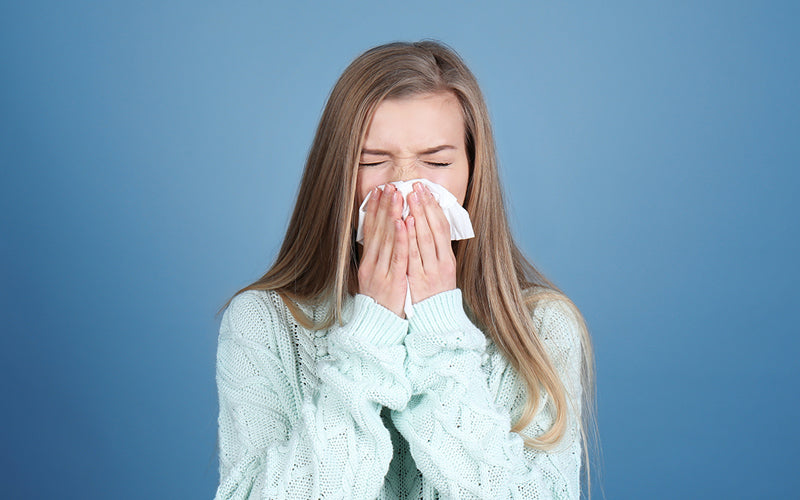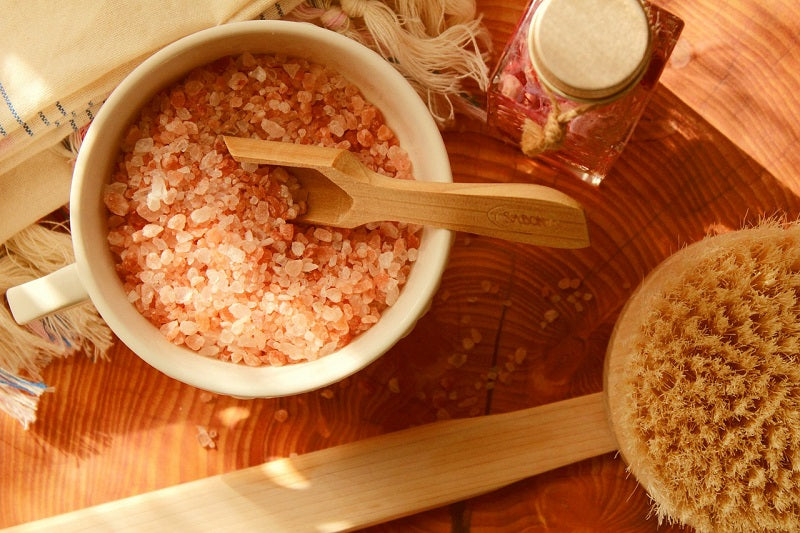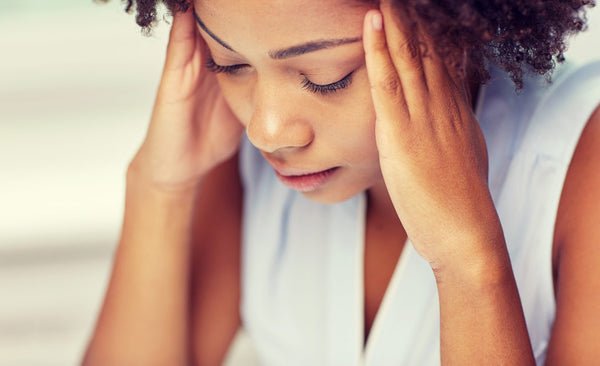What is PCOS?
Polycystic Ovarian Syndrome (PCOS) is complex and involves more than just the hormones. It is common among women of reproductive age and the more you can understand what's happening within your body and why, the more power you have to improve your situation.
Don’t worry if you don’t get the whole picture. Some of the pathophysiology below is technical. But if you get the general idea that’s fine.
What is PCOS?
Polycystic Ovarian Syndrome. Yes, I realise that you've probably already done your homework; however, it's important to get a clear understanding of the full reality in a simple manner:
- PCOS affects between 10 - 20% of women and is increasing in prevalence every year.
- PCOS refers to multiple cysts on the ovaries and a host of other problems that go along with them, including anovulation (lack of ovulation) and menstrual abnormalities, hirsutism (facial hair), male pattern baldness, acne, and often obesity.

- Such women may also have varying degrees of insulin resistance and an increased incidence of Type II diabetes, unfavourable lipid patterns (usually high triglycerides), and a low bone density. Laboratory tests often show higher than normal circulating androgens, especially testosterone.
- PCOS occurs when a woman doesn't ovulate, which causes a disruption in the normal, cyclical interrelationship among her hormones, brain and ovaries. Normally, the hypothalamus, a regulatory centre in the brain, monitors the hormone output of the ovaries and synchronizes the normal menstrual cycle.
- When monthly bleeding ends, the hypothalamus secretes gonadotropin-releasing hormone (GnRH), which stimulates the pituitary gland in the brain to release follicle stimulating hormone (FSH) and luteinizing hormone (LH).
These hormones direct an ovary to start making estrogen (mostly estradiol), and stimulate the maturation of eggs in about 120 follicles. The first follicle that ovulates, releasing its egg into the fallopian tube for a journey to the uterus, quickly changes into the corpus luteum, which is a factory for making progesterone, and raises progesterone's concentrations to 200 to 300 times higher than that of estradiol.
This huge surge of progesterone simultaneously puts the uterine lining in its secretory or ripening phase and turns off further ovulation by either ovary. If fertilization does not occur, the ovary stops its elevated production of both estrogen and progesterone.
The sudden fall in the concentrations of these hormones causes shedding of the blood-rich uterine lining and bleeding (menstruation). Then, in response to low hormone levels, there is a rise in GnRH and the cycle starts all over again.
But what happens to this cycle if, for some reason, ovulation is unsuccessful? For example, if the follicle migrates to the outside of the ovary, but does not "pop" the egg and release it, the follicle becomes a cyst, and the normal progesterone surge does not occur.

The lack of progesterone is detected by the hypothalamus, which continues to try to stimulate the ovary by increasing its production of GnRH, which increases the pituitary production of FSH and LH. This stimulates the ovary to make more estrogen and androgens, which stimulates more follicles toward ovulation. If these additional follicles are also unable to produce a matured ovum or make progesterone, the menstrual cycle is dominated by increased estrogen and androgen production without progesterone. This is the fundamental abnormality that creates PCOS.
Signs and Symptoms of PCOS
- Irregular menstrual cycles
- Absent period
- Anovulatory cycles
- Abnormal mid-cycle bleeding
- Excessive or heavy menstrual bleeding
- Alopecia (balding)
- Hirsutism (excessive body hair)
- Acne
- Acanthosis nigricans – a darkening of the skin in the armpits, back of the neck, or groin
- Polycystic ovaries
- History of ovarian cysts
- Mood disorders
- Obesity
- Recurrent Miscarriage
Health and Fertility Risks Associated with PCOS
- Infertility
- Menstrual cycle irregularities
- The possible increased risk for endometrial and breast cancer due to unopposed estrogen
- Cardiovascular disease
- Diabetes
- Gestational diabetes
"It's not a pretty picture, that’s for sure, however there is a realistic and effective solution."
It's not easy, but it's not that hard either. It involves a combination of diet, lifestyle, specific exercises, stress release and balancing the endocrine imbalance - which is at the core of the development of PCOS in the first place.
The Happy Hormones program is a deep-acting program and will change your life for the better.
Above all, it will reduce your PCOS symptoms at worst; and improve the condition in the best scenario. We provide the outline and the tools. You provide the willpower and motivation.

REFERENCES
Valentina Rodriguez Paris and Michael J. Bertoldo. The Mechanism of Androgen Actions in PCOS Etiology. Medical Sciences (Basel). 2019 Sep; 7(9): 89.
https://www.ncbi.nlm.nih.gov/pmc/articles/PMC6780983/
Robert L. Rosenfield and David A. Ehrmann. The Pathogenesis of Polycystic Ovary Syndrome (PCOS): The Hypothesis of PCOS as Functional Ovarian Hyperandrogenism Revisited. Endocrine Reviews. 2016 Oct; 37(5): 467–520.
https://www.ncbi.nlm.nih.gov/pmc/articles/PMC5045492/
